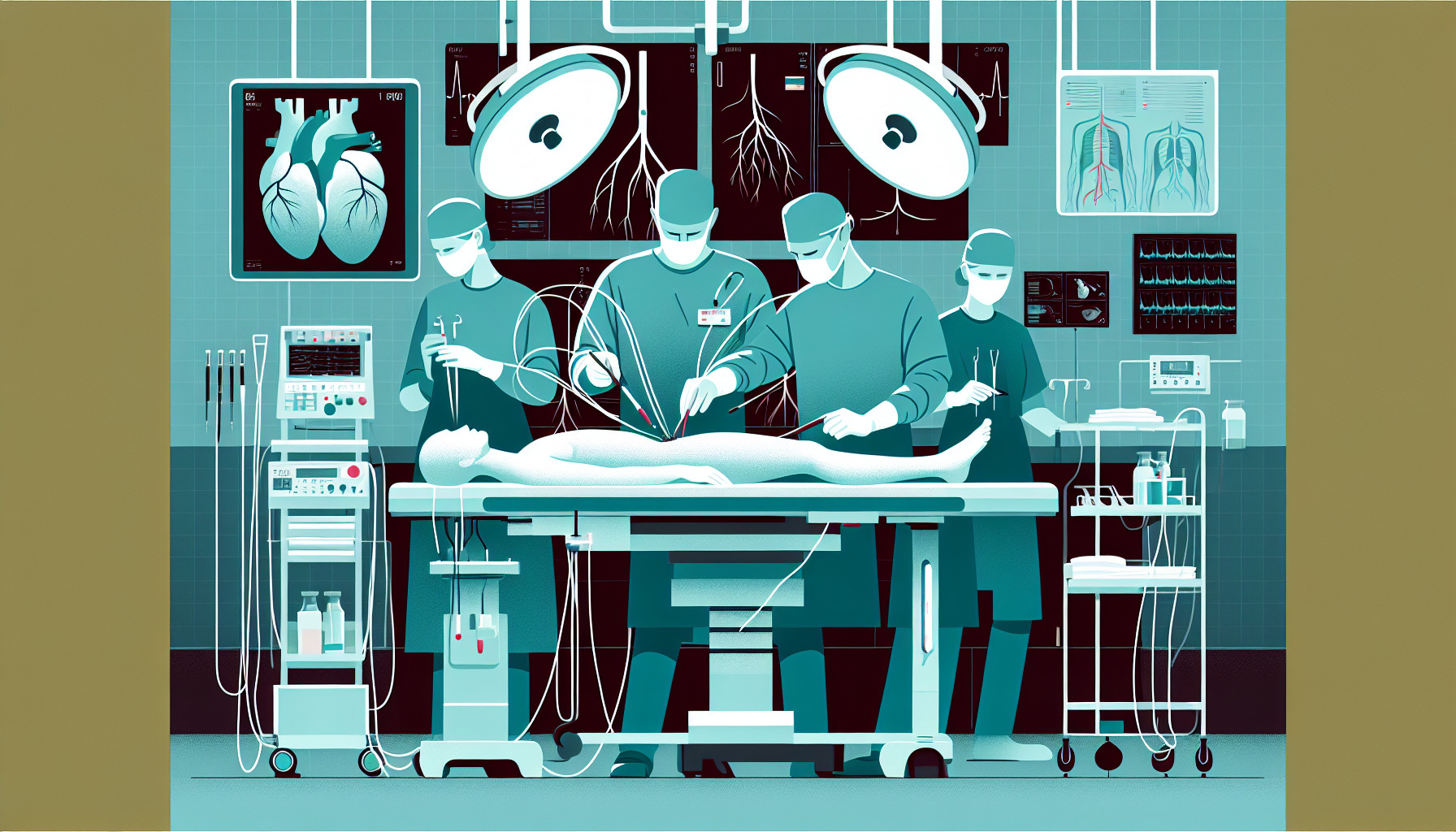Our Summary
This review paper discusses a technique called single-cell RNA sequencing (scRNA-seq), which allows scientists to examine the genetic activity of individual cells. This technique has been particularly useful in heart disease research, where it’s used to study different types of cells in blood vessels.
However, the technique is still relatively new and there are ongoing discussions about the best ways to conduct experiments and analyze the results. The authors argue that it’s important to establish best practices to ensure the reliability and usefulness of this powerful tool.
In simpler terms, this research paper talks about a method that helps scientists understand how each cell in our body works. This is particularly helpful in studies related to heart diseases. But since this method is quite new, scientists are still figuring out the best way to use it. The authors emphasize the need for a standard way of using this method for best results.
FAQs
- What is single-cell RNA sequencing (scRNA-seq) and how is it used in heart disease research?
- Why is it important to establish best practices for the use of scRNA-seq technique?
- What are the current challenges in using the scRNA-seq technique in scientific research?
Doctor’s Tip
A doctor might tell a patient undergoing vascular bypass surgery to follow their post-operative care instructions closely, including taking any prescribed medications, attending follow-up appointments, and participating in cardiac rehabilitation. It’s important to communicate any concerns or changes in symptoms to your healthcare provider promptly to ensure the best possible outcome.
Suitable For
Patients who are typically recommended vascular bypass surgery are those who have severe blockages or narrowing in their blood vessels, particularly in the arteries that supply blood to the heart, brain, or legs. This includes individuals with conditions such as peripheral artery disease, coronary artery disease, carotid artery disease, or other forms of atherosclerosis. Patients who have not responded well to other treatments such as medication or lifestyle changes may also be candidates for vascular bypass surgery. Ultimately, the decision to recommend vascular bypass surgery is made on a case-by-case basis by a vascular surgeon after a thorough evaluation of the patient’s condition and overall health.
Timeline
Before vascular bypass:
- Patient experiences symptoms of peripheral artery disease, such as leg pain, numbness, or weakness.
- Patient undergoes diagnostic tests, such as ultrasound or angiography, to confirm the presence of blockages in the blood vessels.
- Patient and healthcare team discuss treatment options, including vascular bypass surgery, to improve blood flow to the affected area.
After vascular bypass:
- Patient undergoes vascular bypass surgery, where a healthy blood vessel is used to bypass the blocked or narrowed artery.
- Patient recovers in the hospital for a few days to monitor for any complications.
- Patient undergoes rehabilitation to regain strength and mobility in the affected limb.
- Patient follows up with their healthcare team for regular check-ups to monitor the success of the bypass surgery and manage any ongoing symptoms.
What to Ask Your Doctor
- What is a vascular bypass and why is it recommended for my condition?
- What are the potential risks and complications associated with a vascular bypass surgery?
- How long is the recovery process after a vascular bypass surgery?
- What are the alternative treatment options available for my condition?
- How successful is a vascular bypass surgery in improving blood flow and symptoms?
- Will I need to make any lifestyle changes or take medications after the surgery?
- How often will I need follow-up appointments to monitor my progress?
- Are there any specific factors that may affect the success of the surgery in my case?
- What is the expected outcome in terms of long-term benefits and potential risks?
- Are there any specific post-operative care instructions that I need to follow for a successful recovery?
Reference
Authors: Ma F, Hernandez GE, Romay M, Iruela-Arispe ML. Journal: Curr Opin Hematol. 2021 May 1;28(3):221-229. doi: 10.1097/MOH.0000000000000651. PMID: 33714967
